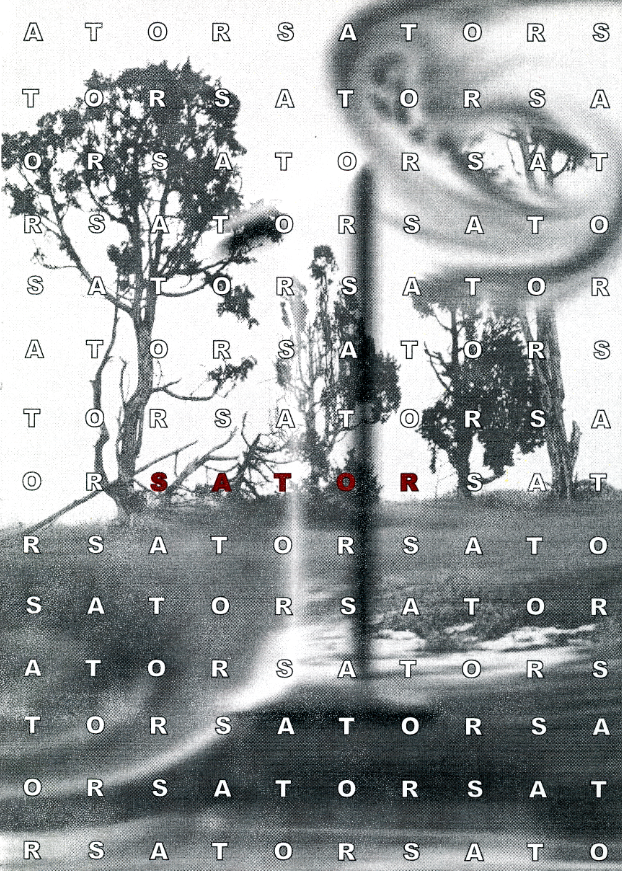Series Editor: Mare Kõiva
Publication Date: 2024
Compiled by Nikolay Anisimov.
English translation of introduction: Eva Toulouze.
Editors: Elizaveta Lozhkina (RUS, UDM), Daniel Allen (ENG).
Design and layout: Sergei Sidorov.
On the cover: Nikonova Maria Pavlovna. Photo by Nikolai Anisimov, 2020
Series Editors: Mare Kõiva, Mare Kalda
Issue SATOR 24
Editor: Nikolay Kuznetsov
Cover: Juriy Lisovskiy & Andres Kuperjanov
Lay out: Diana Kahre
Editorial board:
Reet Hiiemäe, Tiju Jaago, Mare Kalda, Nikolay Kuznetsov, Tarmo Kulmar, Mare Kõiva, Marju Kõivupuu, Emily Lyle, Aado Lintrop, Mirjam Mensej, Jonathan Roper, Ülo Valk, Irina Vinokurova, Tatiana Vladykina, Ergo-Hart Västrik
ISSN 1406-2011 (print)
ISBN 978-9916-659-56-4 (print)
ISSN 1736-0323 (online)
ISBN 978-9916-659-57-1 (online)
DOI: 10.7592/Sator.2022.24
Series Editor: Mare Kõiva
Issue SATOR 23 editors: Tatiana Volodina, Mare Kõiva, Anastasia Fedotova
Publication Date: 2022
Перспективы изучения фольклора
В основе этой книги лежит работа фольклористов и этнолингвистов прошлых поколений; данный сборник продолжает ее и вместе с тем представляет собой вклад современных исследователей в научные результаты в своей области. Сборник посвящен 75-й годовщине отдела фольклористики Эстонского литературного музея и 65-й годовщине отдела фольклористики Института искусствоведения, этнографии и фольклора Национальной академии наук Беларуси. Сотрудничество наших научных сообществ
формально началось в 2015 году и насчитывает уже магических семь лет. В рамках сотрудничества были проведены совместные
полевые работы, семинары, конференции и выпущены научные издания, последнее из которых только что увидело свет.
ISSN 1406-2011 (print)
ISSN 1736-0323
Editor: Mare Kõiva
Publication Date: 2021
Udmurt Mythology and Folklore
The book you have in your hands is not an ordinary book. It is the first wider approach to Udmurt folklore in English. Udmurt folkloristics has a relatively long history: taking into account the general pattern of cultural development it is more than one and a half centuries. Unhappily for international communication, it is overwhelmingly in Russian. This is the first systematic attempt to open up this rich material to the international scholarly community.
ISSN 1406-2011 (print)
ISSN 1736-0323
SATOR 21
Editor: Mare Kõiva
Publication Date: 2019, online 2021
Disguising is known throughout Europe and far beyond its borders – a voluminous article by Ülo Tedre looks at the customs of disguising in 19 and 20 centuries in Estonia with their local and international influences. The next articles deal with details of the history of folklore, literary studies and linguistics on the example of Australians and New Zealanders ( the former students of J. R. R. Tolkien and the UK, the spatial models of legends created on the example of V. Labrie’s methodology.
ISSN 1406-2011 (print)
ISSN 1736-0323

In search of Udmurt pearls in Estonian archives
Publication Date: 2020
This publication “In search of Udmurt pearls in Estonian archives” by Tatyana Minniyakhmetova contains comments, notes and references to material collected on Udmurt territories by researchers from Estonia and other countries and now stored in Estonian archives. The information collected by Estonian researchers is diverse and varied – according to the objectives and interests of the researcher, groups of researchers and research institutions, and the specific periods of field work carried out. Among the collectors there are linguists, ethnographers, folklorists, musicologists, artists, photographers, cinema operators and public sector specialists.
ISSN 1406-2011 (print)
ISBN (print) 978-9949-677-89-4
ISSN 1736-0323 (online)
ISBN (online) 978-9949-677-90-0
DOI: 10.7592/Sator.2020.20
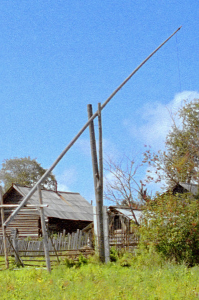
Publication Date: 2018
Editors: Mare Kõiva, Tatiana Valodzina / Маре Кыйва, Татьяна Володина
ISSN 1406-2011 (print)
ISBN 978-9949-586-59-2 (online)
ISSN 1736-0323 (print)
ISBN 978-9949-586-60-8 (online)
DOI: 10.7592/Sator.2018.19

Balkan and Balticum. Current Studies in the Postsocialist Space
Publication date: 2017
Series editor: Mare Kõiva
Editors for this publication: Ekaterina Anastasova and Mare Kõiva
This publication is an interdisciplinary collection of studies that focus on cultural and religious processes and their current observation results in the example of two countries with a long-standing tradition of cultural research: Estonia and Bulgaria. The collection of articles is the outcome of joint research carried out by the Department of Balkan Ethnology, the Institute for Ethnology and Folklore Studies with the Ethnographic Museum, the Bulgarian Academy of Sciences and the Department of Folkloristics at the Estonian Literary Museum.
ISSN 1406-2011 (print)
ISBN 978-9949-586-58-5 (print)
ISSN 1736-0323 (online)
ISBN 978-9949-586-61-5 (online)
DOI: 10.7592/Sator.2017.18
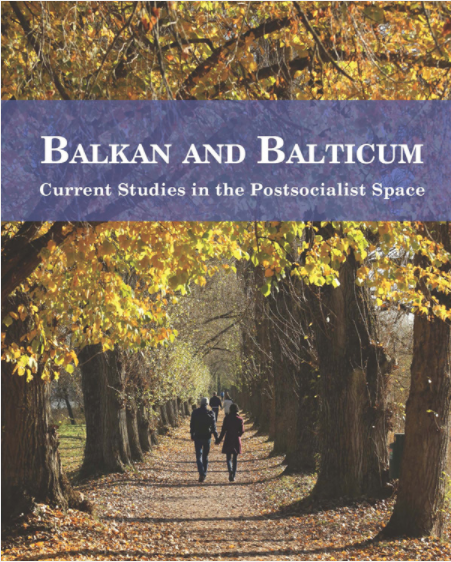
Komi folkloristics: studies and materials
Edited by Lyudmila Lobanova, Nikolay Kuznetsov
Publication date: 2016
The collection of articles in Russian contains articles from leading Komi folklorists. The articles provide a snapshot of Komi folklore studies in recent years. The authors are represented by Irina Ilyina, Yulia Krasheninnikova, Pavel Limerov, Lyudmila Lobanova, Svetlana Nizovtseva, Aleksei Rassykhaev, Anatoly Panyukov, Galina Savelyeva and Oleg Ulyashev. The plot of world creation, word magic, children’s games, riddles and folk songs are discussed.
ISSN 1406-2011 (print
ISSN 1736-0323
DOI: 10.7592/Sator.2016.17
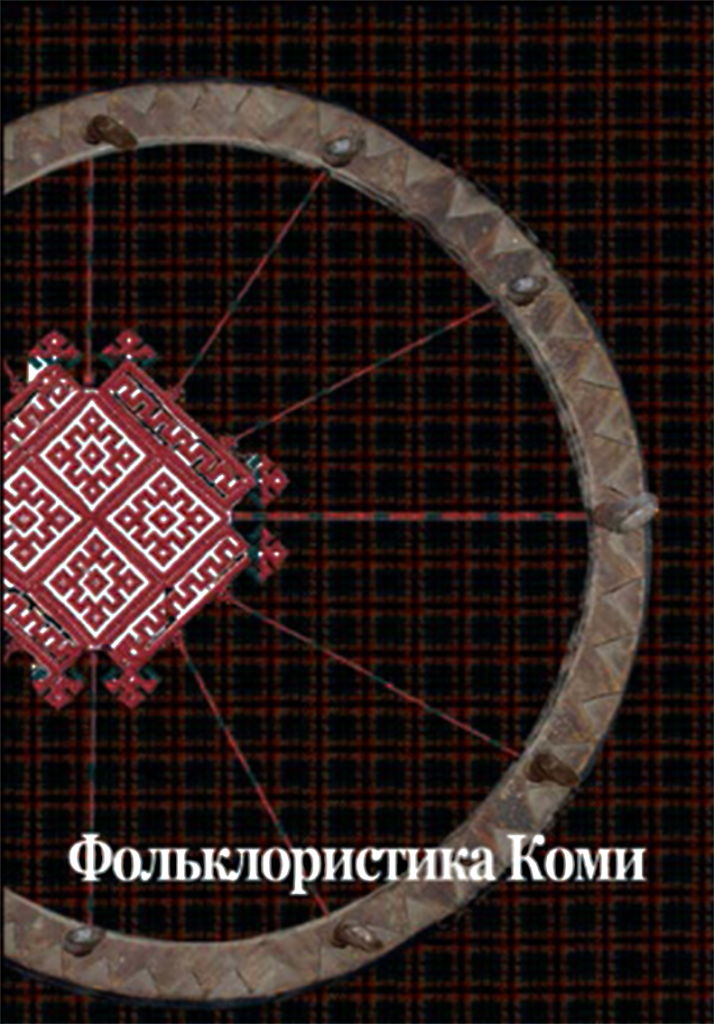
Research on Vepsian folk religion. Uurimusi vepsa rahvausust
Compiled and edited by Madis Arukask
Publication date: 2016
The collection of articles in Estonian brings together works related to Vepsian folk religion and customs. This easternmost Baltic Finnic nation is interesting and extraordinary in many ways. In terms of way of life, the Vepsians are a people whose old culture remained until quite late, thus keeping the beliefs and practices, in which the origins and main features of the Baltic Finnic folk culture can be seen. The authors are from Estonia and Karelia.
ISSN 1406-2011 (print)
ISSN 1736-0323
DOI: 10.7592/Sator.2016.16

Komi mythology
Irina Iljina, Nikolai Konakov, Pavel Limerov, Juri Šabajev, Valeri Šarapov, Oleg Uljašev and Andrei Vlassov
Translated and edited: Nikolay Kuznetsov, Asta Niinemets
Publication date: 2015
Articles on Komi mythology in Estonian discuss the concepts of komi mythology, introduce mythological creatures and objects, related rituals and magical actions, cult elements and paraphernalia. Thematically, articles relate to man and his living environment, flora and fauna and nature in general. The articles describe the world and its formation, other weather and mythological places, calendar dates and customs, etc.
ISSN 1406-2011 (print)
ISSN 1736-0323

Shamans * cultures * signs. Шаманы * культуры * знаки
Mihįly Hoppįl
Editor: Nikolay Kuznetsov
Publication date: 2015
In the articles of the Russian-language collection of the Hungarian folklorist and ethnologist, researcher of shamanism of the indigenous peoples of Asia and the polar region, shamanism and ethnosemiotics, myths, folklore, etc. are under consideration. The essence of shamanism is also discussed, the meaning of pain in the habit of initiation is talked about, the usefulness of religious research is proved, an attempt is made to decipher the language of grave markers, etc.
ISSN 1406-2011 (print)
ISSN 1736-0323
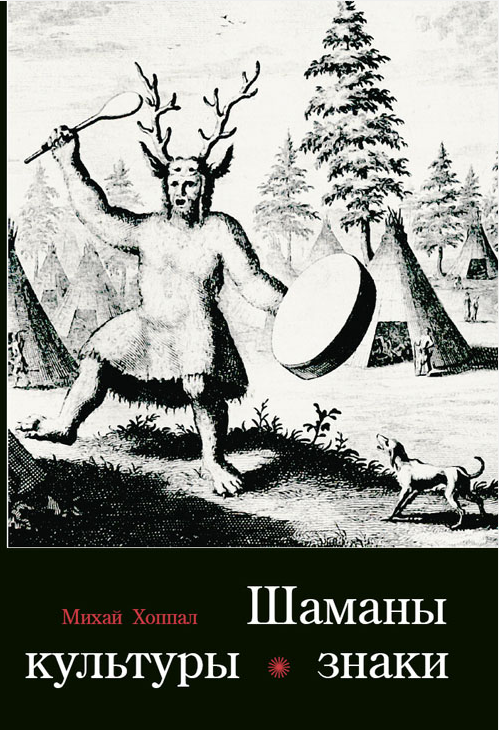
Tthrough The Ages II
Mare Kõiva
Publication date: 2014
The present compendium of articles focuses on interrelationships between society, the self and folklore, the sets of discourses, concepts and practices that help communicate with the social world. The articles discuss life in a totalitarian socialist country: the construction of dissimilarity to the mainstream, politics of adaption and reinstatement, the laternate realities created by folk healers, whose task it was to interprete for people what was happening to their life and health. The articles also follow the changes in folklore, narrativity, and communication during the long and stormy 20th century: relations with animals, attitudes towards witches, interpatient narratives, rise of religioos movements, and astral lore.
ISSN 1406-2011 (print)
ISSN 1736-0323 (online)
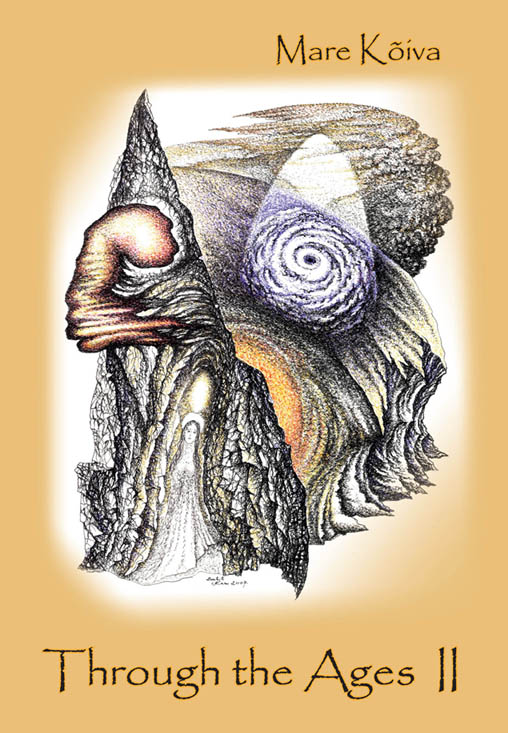
In search of the Self: Reconciling the Past and the Present in Immigrants’ Experience
Larisa Fialkova, Maria Yelenevskaya
Publication date: 2013
This book marks 15 years of the authors’ collaborative writing devoted to the culture and language of ex-Soviet immigrants in Israel. It investigates problems as diverse as domestication of urban spaces, encounters with law, changes in festive traditions, and reflections avout immigration in literatuure and political humor. Throughhout the book the key concern of the authors ist o explore the gradual reconfiguration of immigrants’ identity and the dialogue of the šelf with various others in their old and new homelands.
ISSN 1736-0323
ISSN 1406-2011 (print)
DOI: 10.7592/Sator.2013.12
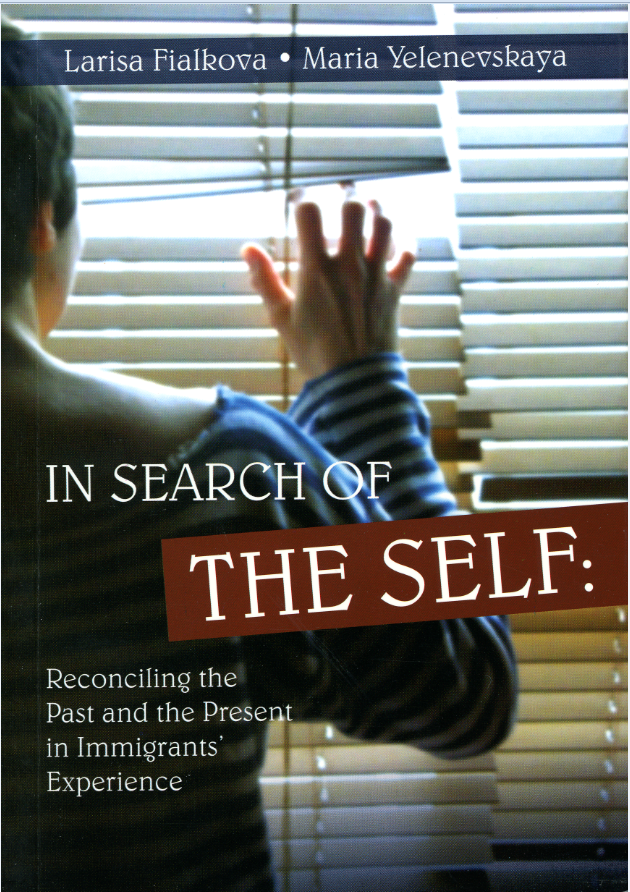
Women in the Culture of Kihnu. Naised Kihnu kultuuris
Ingrid Rüütel
Editor: Asta Niinemets
Publication Date: 2013
Online Publication Date: 2022
This study is concerned with gender roles in the culture of Kihnu island (Estonia). The main carriers of mental culture in Kihnu are women. The traditional culture of Kihnu is viewed as a process: it continues today, changing in content and form, and having various connections with other forms and phenomena of culture, such as school, church, amateur forms of art, litereary culture and media.
ISSN 1736-0323
ISSN 1406-2011 (print)
DOI: 10.7592/Sator.2022.11
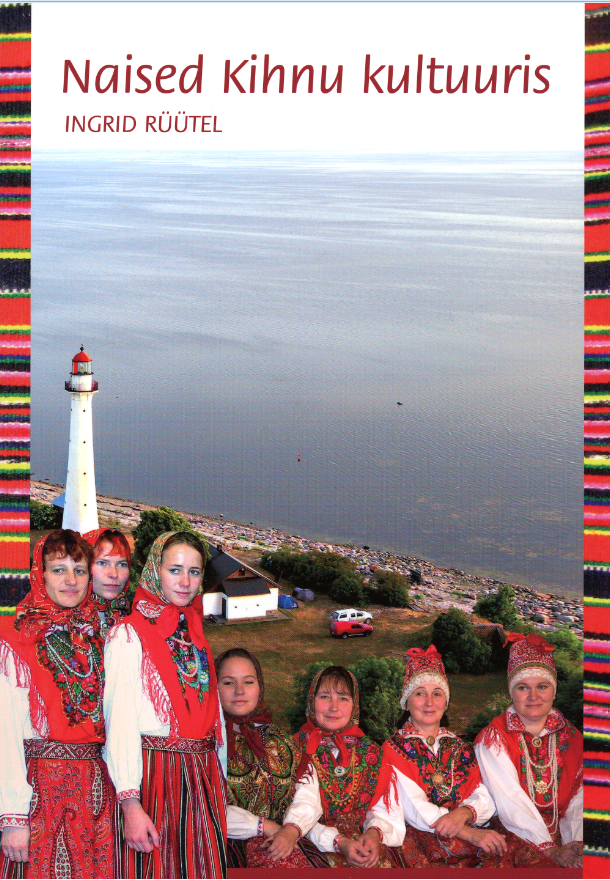
Written Cancer Narratives
An Ethnomedical Study of Cancer Patients’ Thoughts, Emotions and Experiences
Piret Paal
Editors: Piret Paal, Mare Kõiva
Publication date: 2010
The main aim of this book ist o examine the process of being ill with cancer from the patient’s point of view. In this way behaviour towards cancer patients, and its significance, as well as culture-bound images surrounding cancer, can be analysed within the context of folklore. This narratiive-based study concentrates on patients’ ’voisings’, which are important in understanding the cancer experience and when attempting to make it more ’open’ within current cultural and societal settings.
ISSN 1736-0323
ISSN 1404-2011 (print)
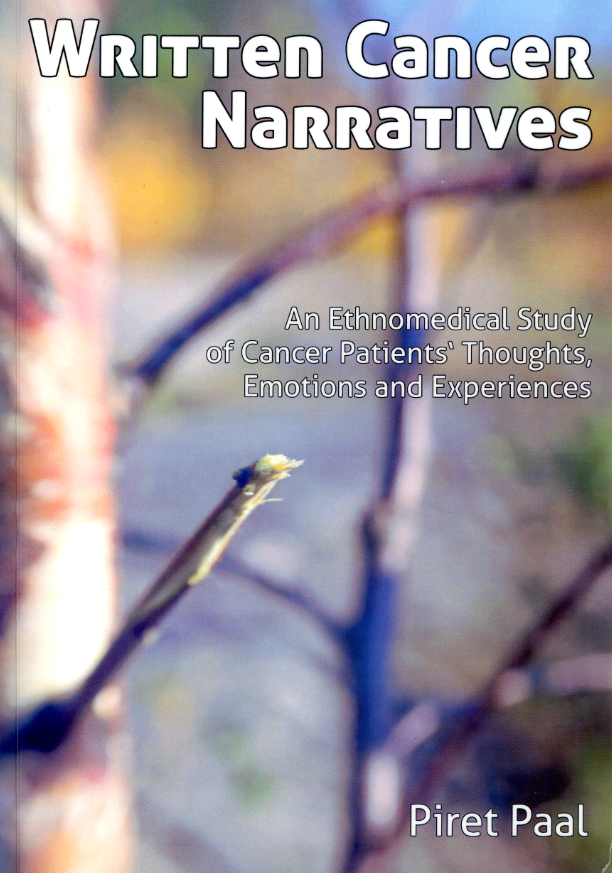
Communication and Folklore
Dan Ben-Amos
Editors: Mare Kõiva, Aado Lintrop
Publication date: 2009
A professor at the University of Pennsylvania, one of the world’s leading and most cited folklorists, has selected articles on folklore theory, Jewish humor and narratives, and the attitude of Jewish writers to folklore in this Estonian-language collection. In addition, the collection also includes articles on African folklore.
ISSN 1404-2011 (print)
ISSN 1736-0323

Mordovian mythology. Mordva mütoloogia
Tatyana Devyatkina
Editors: Mare Kõiva, Kadi Sarv
Publication date: 2008
Tatyana Devyatkina, a well-known Moksha folklorist, gives an overview in Estonian of the traditional world model of Mordovia, the peculiarities and customs of the worldview. The articles explain the existence and history of the most important mythological beings, the protective spirits of the tribe and nature, shrines, natural phenomena and mythological creatures, sacred objects, symbols, sacrificial customs and respect for ancestors.
ISSN 1404-2011 (print)
ISSN 1736-0323
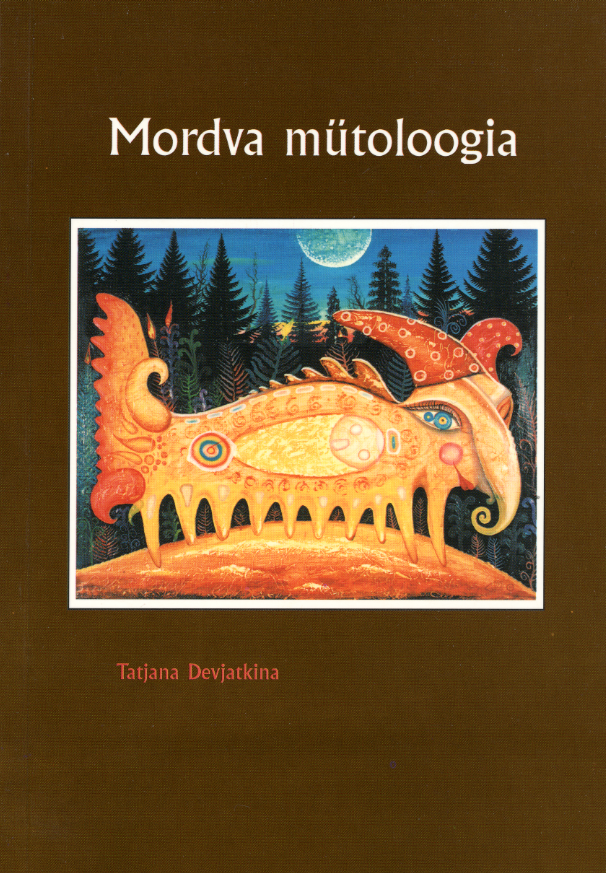
Ethnosemiotics. Etnosemiootika
Mihály Hoppál
Editors: Mare Kõiva, Asta Niinemets
Publication date: 2008
The Estonian-language book by Hungarian folklorist and ethnologist, researcher of shamanism of the indigenous peoples of Asia and the polar region focuses on the specific features of Hungarian religion and customs from a semiotic perspective and the history of the formation of ethnosemiotics.
ISSN 1404-2011 (print)
ISSN 1736-0323 (web)
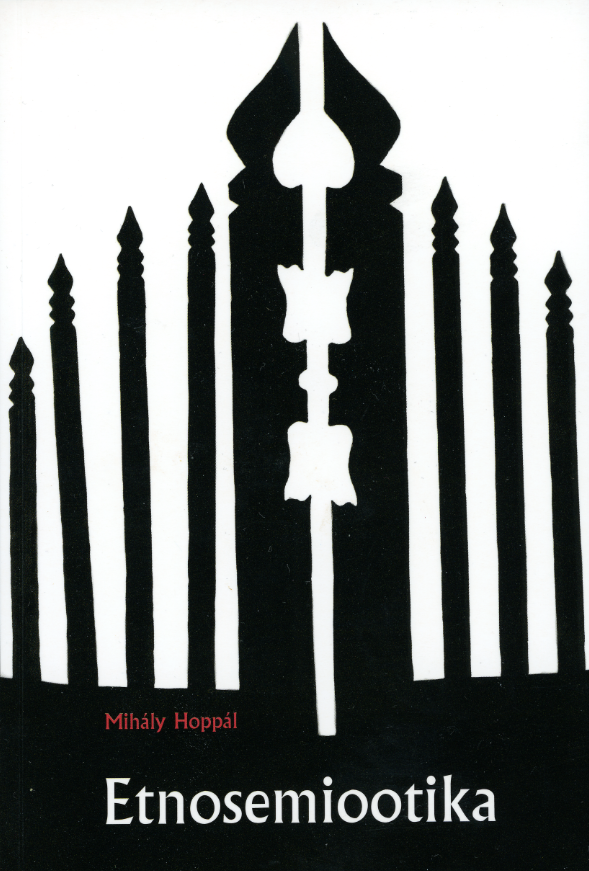
Articles on religion and customs
Editor: Mare Kõiva
Publication date: 2007
The articles look at various aspects of human experience, the dialogues of medieval and modern materials and spiritual sources in Europe, Finno-Ugric settlements and Central America: burial customs in late ancient and early medieval Saaremaa, Icelandic sagas, possessing by evil spirits; links between folk Christianity and Christian legends. Also fears and coping with them, and astrolore are addressed. The folk spatial models and the terminology of folkloristic family tradition make an important theoretical contribution.
ISSN 1736-0323 (print)
ISSN 1736-0323 (web)
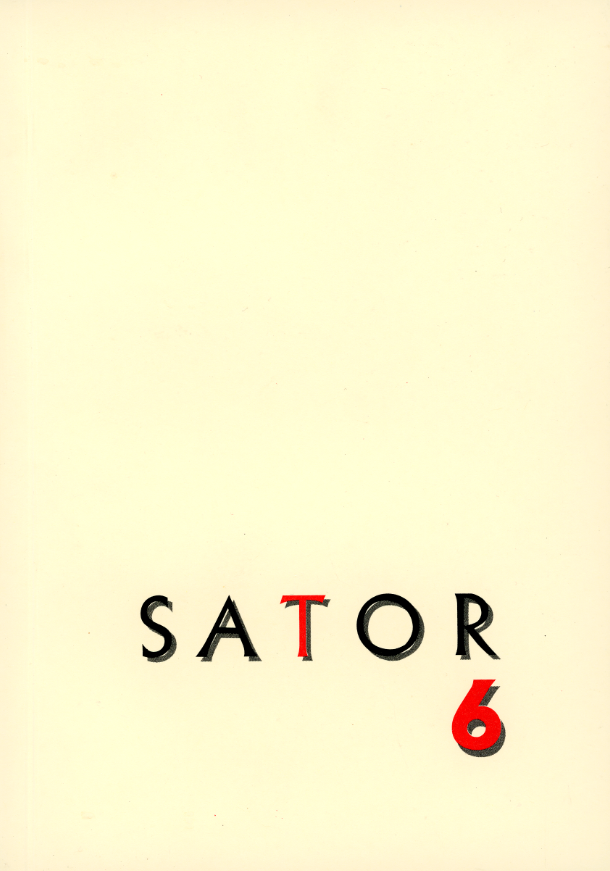
Through the Ages I
Mare Kõiva
Publication date: 2007
Folklore is fabulous, it is the topic in most of the articles in this collection, which discuss changes in folklore throughout times as well as its modern aspects. Articles about spells, The Transmission of Knowledge among Estonian Witch Doctors, religious beings (Angels, Night Wailer and Night Mother, Bloodsuckers and Human Sausage Factories), from modern folklore, children’s specific stories of fear are under observation, but also the creation of identity paths with local characteristics by calendar holidays and folk interpretations of history.
ISSN: 1406-2011 (print)
ISSN 1736-0323 (web)
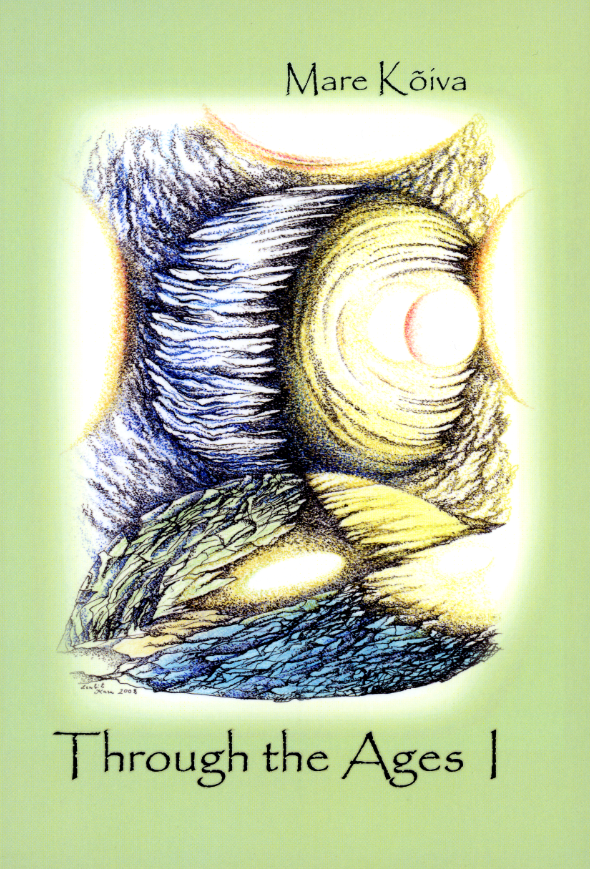
Richard Viidalepp
Editor: Reet Hiiemäe
Publication date: 2003
The nature, function and narrators of Estonian folk tales. Eesti rahvajuttude laadist, funktsioonist ja jutustajatest
The beginning of the 20th century is characterized by approaches to narrators, their worldview and the structure of personal religiosity. Richard Viitalepp, a long-time researcher of Estonian folk tales, looks at the creativity of storytelling, time and space parameters, storytelling as the performance during various works, in the military service and in a children’s collective. The human agency is looked upon, and how the conditions of everyday life interact together to shape narrative practices. An analysis of the storytelling strategies of a couple of great storytellers has been presented. This is a unpublished 1965 manuscript by Richard Viidalepp (23.1.1904-3.6.1986)
ISSN: 1406-2011 (print)
ISSN 1736-0323 (web)

Vladislav Kulemzin
Editors: Nikolay Kuznetsov, Kaur Mägi
Publication date: 2002-2004
About Khanty shamanism. О хантыйских шаманах
In front of the reader are articles in Russian by Vladislav Kulemzin, researcher of Khanty culture on one of the features of the Khanty religion – Khanty shamanism. The basis of the publication is the author’s monograph about the Khanty of the Vasyugan and Vakh River region. The articles deal with the traditional worldview of the Khanty, also the bear feast, as well as various aspects of shamanism in Siberia.
ISSN 1406-2011 (print)
ISSN 1736-0323 (web)

ARTIKLEID USUNDI- JA KOMBELOOST
Editor: Mare Kõiva
Publication date: 2000
This selection of articles on religion and customs focuses on medieval and modern religious practices in Europe (exorcism, prophets, witchcraft, ritual foods), rituals of the small peoples of central Russia and Siberia (wandering death, funeral and sauna culture). An overview of the special features of Australian folklore is given. Ilkka Pyysiäinen incorporates cutting-edge theory of cognitive religion analyzing paradoxes in Atthakavagga.
ISSN 1736-0323
ISBN 1406-2011 (print)
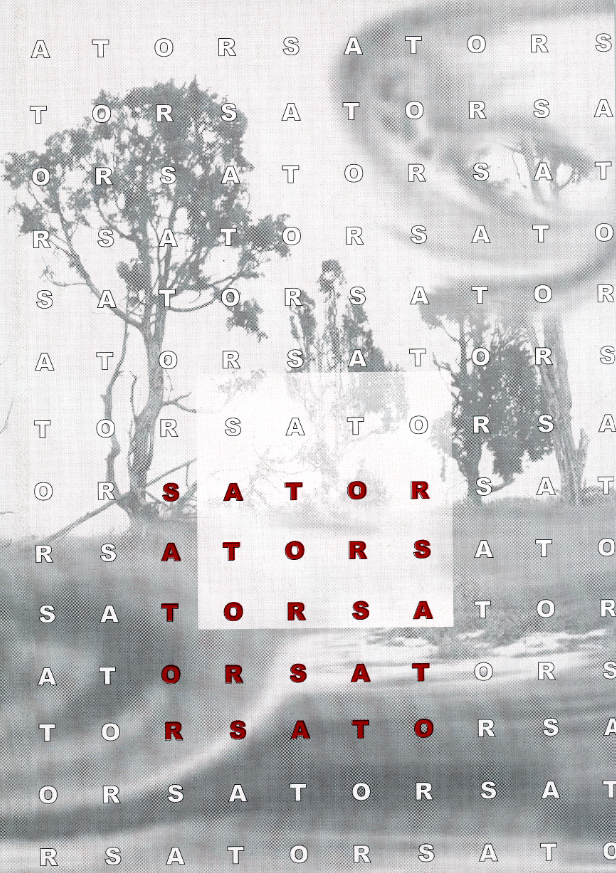
Editors: Mare Kalda and Mare Kõiva
Publication date: 1998
Studies in the field of religion and customs look at different aspects of the human experience using the example of central religious concepts and rituals: how researchers have interpreted beliefs about the human soul, how basic colors are reflected in folklore, archaic practices related to baptism, weddings and funerals, as well as the main features of St. George’s Day celebration. The connections and everyday practices of the material side of religion are observed by the skills of path-finding in Siberia, the former practice of preparing ritual straw dolls, etc. Offering solid coverage of traditional topics, the authors explore the folk belief of Estonian, Livonian, and Siberian peoples.
ISSN 1736-0323
ISBN 1406-2011 (print)
